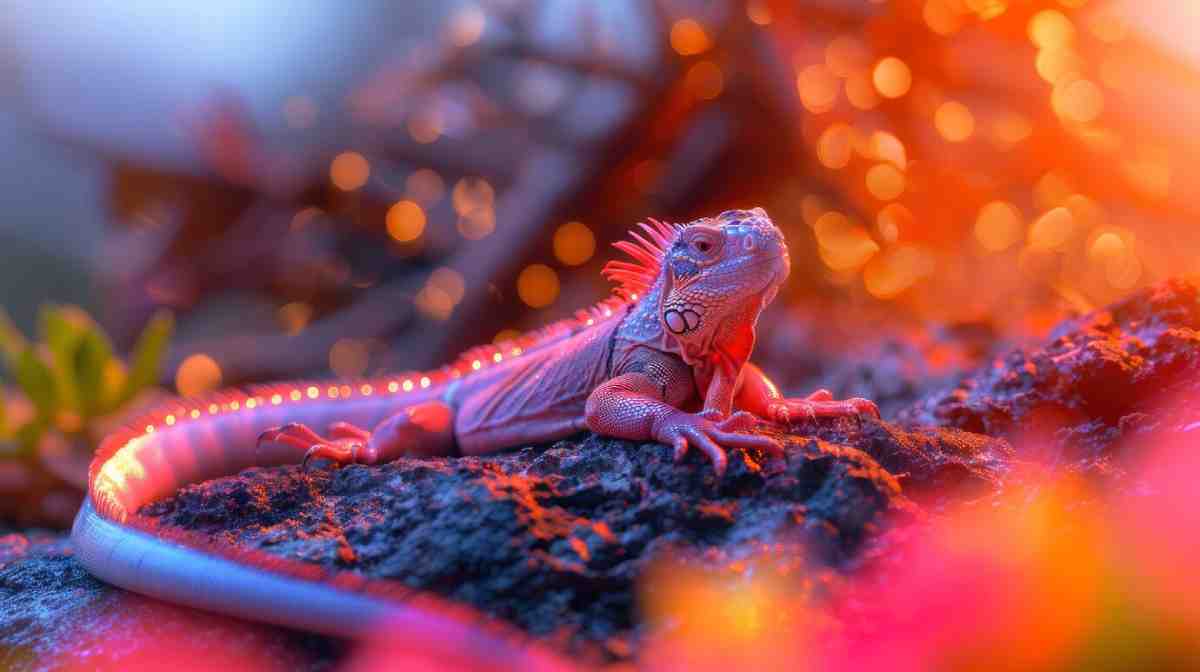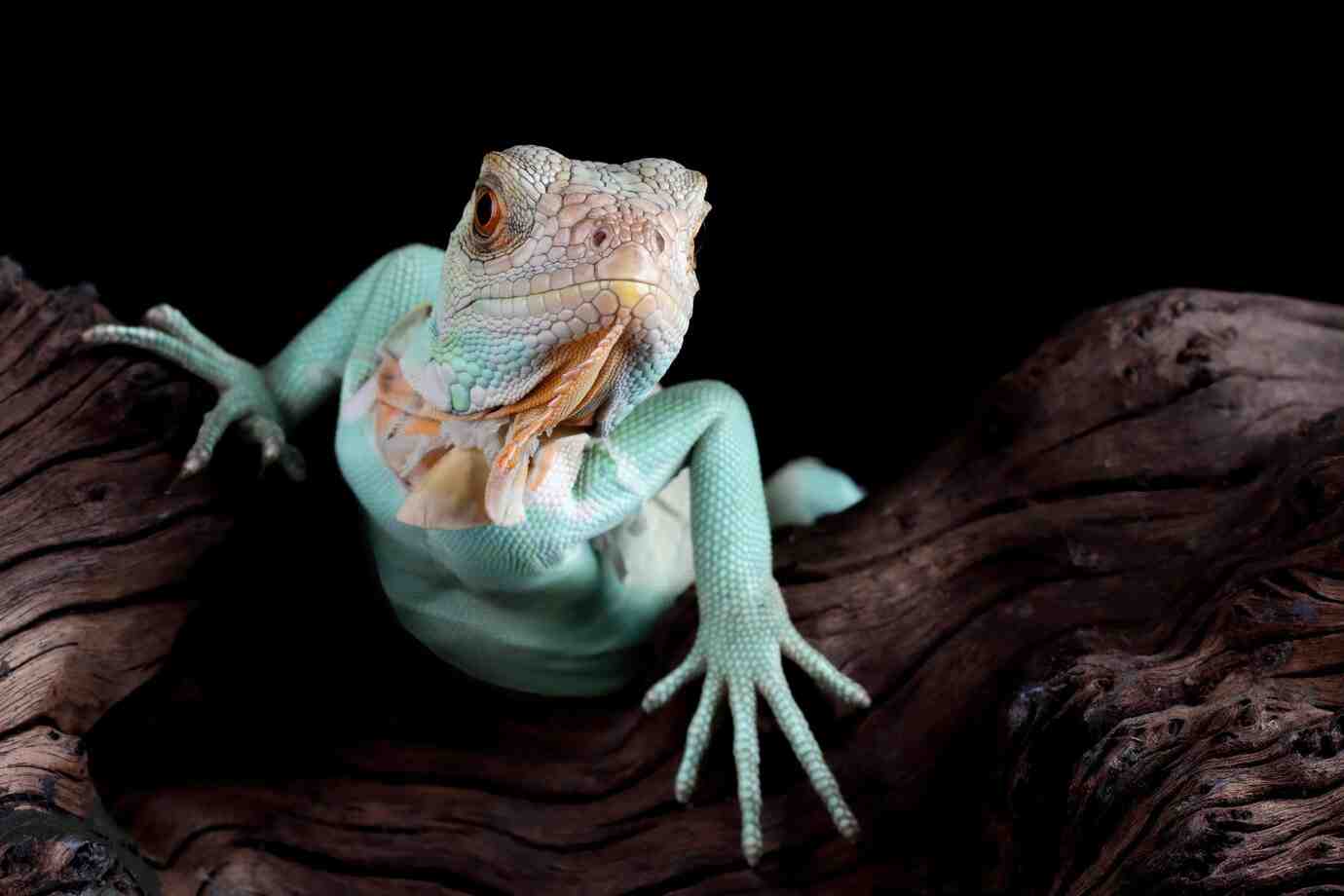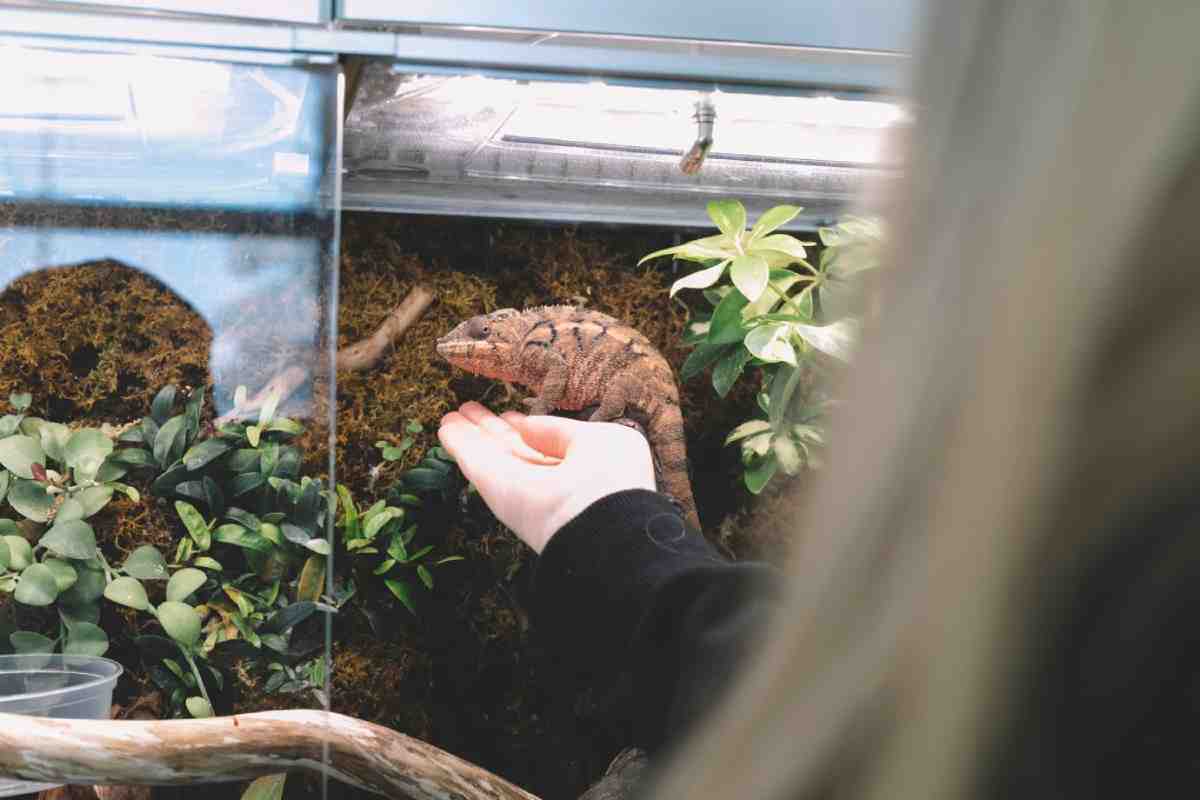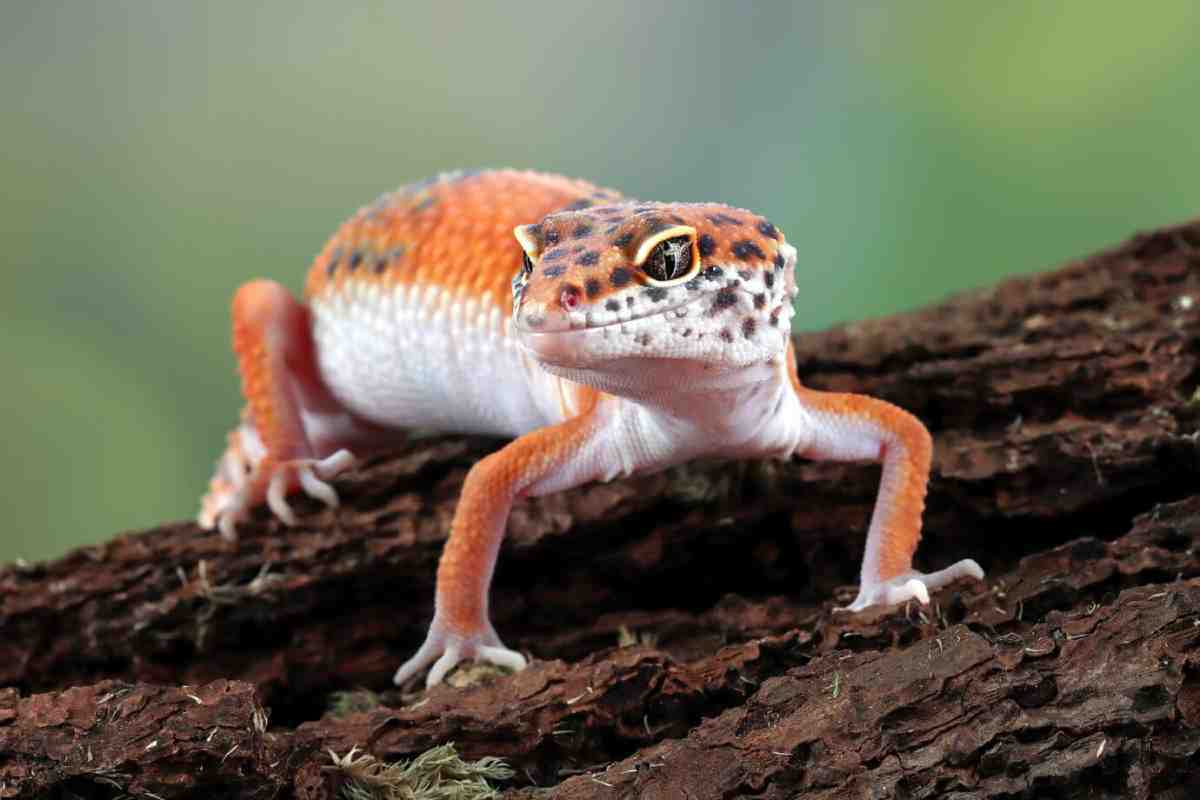
Leopard Gecko Care and Habitat Setup
Leopard geckos are one of the most popular reptiles for beginners — and it’s easy to see why. They’re small, quiet, and easy to handle. They also don’t require complicated lighting setups or high humidity, which makes them ideal for first-time reptile keepers.
That said, every pet deserves the right care. This guide covers everything you need to know — from setting up the perfect leopard gecko habitat to daily care tips and what to watch for in their behaviour.
Why Leopard Geckos Make Great Pets
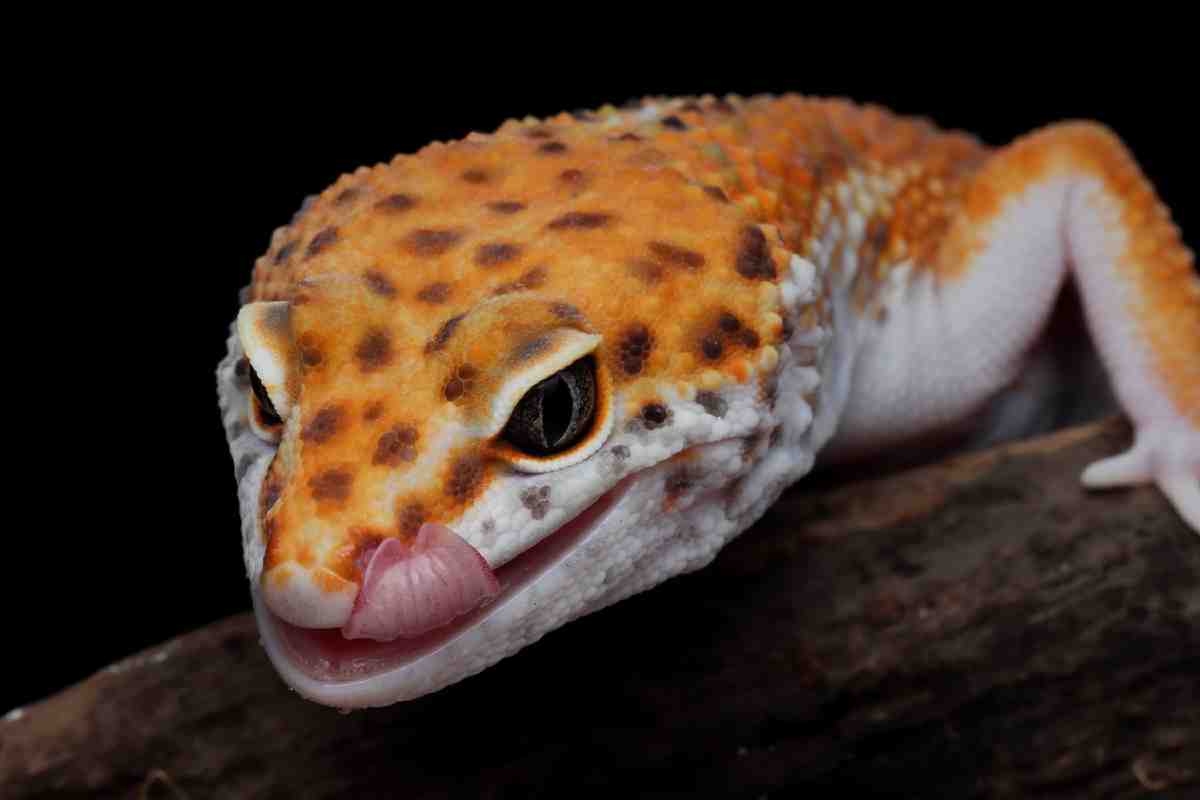
Leopard geckos are native to the rocky deserts of Pakistan, India, and Afghanistan. Unlike many other lizards, they don’t climb much. They prefer to stay on the ground, hiding under rocks or burrowing into the soil.
Here’s why they’re ideal for beginners:
- Small size (7–10 inches)
- Calm and easy to handle
- Don’t need UVB lighting (though it can help)
- Eat simple, affordable diets
- Clean and odour-free with proper care
- Can live up to 15–20 years with good care
These reptiles get their name from their spotted skin — and yes, they do smile!
Leopard Gecko Habitat: Choosing the Right Enclosure
Your gecko’s tank is its whole world, so getting the setup right is important.
Enclosure Size:
- One adult gecko: 20-gallon tank
- Two females (only if needed): 30+ gallons
- Never house males together — they will fight.
Enclosure Types:
- Glass tanks: Most common and easy to clean
- Front-opening enclosures: Easier to access but more costly
- Plastic tubs (for breeders): Not ideal for display, but work for housing
Avoid tanks that are too tall — leopard geckos are ground dwellers.
Heating and Lighting
Leopard geckos are cold-blooded, so they need heat to stay healthy. Unlike tropical lizards, they don’t need high humidity or bright UV lights.
Temperature Zones:
- Warm side (belly heat): 30–32°C
- Cool side: 22–25°C
- Night temp: Can drop to 20°C but not lower
Heating Options:
- Under-Tank Heater (UTH): Best for belly heat, essential for digestion
- Thermostat: Prevents overheating by regulating the heat mat
- Digital thermometer: Use one on each side of the tank
Light:
- Not required, but a low-output UVB bulb (2–5%) can support health
- Use ambient light or a simple LED to maintain a day/night cycle (12 hours on/off)
Unlike many lizards, leopard geckos are most active at night and early morning.
Substrate: What’s Safe and What’s Not
Choosing the right flooring is crucial. Avoid anything that might cause impaction (a blockage from eating substrate).
Best Substrates:
- Reptile carpet
- Paper towels (especially for babies)
- Slate or ceramic tiles
- Coconut fibre (only if monitored carefully)
Avoid:
- Sand (yes, even calcium sand)
- Loose soil mixes with sharp particles
- Wood shavings or bark
Safe, solid substrate reduce risk and make cleaning much easier.
Hide Boxes and Decor
Leopard geckos need several hides to feel secure. Without them, they may become stressed and stop eating.
Must-Have Hides:
- Warm hide: On the heated side for digestion
- Cool hide: For relaxation and sleep
- Moist hide: Helps with shedding (add damp moss or paper towels)
Other Enclosure Additions:
- Shallow water dish
- Food bowl (for mealworms or supplements)
- Climbing rocks or low décor
- Fake plants for cover (optional)
A happy gecko is a hidden gecko — they love to burrow and chill out in their hides.
Feeding and Nutrition
Leopard geckos are insectivores. They only eat bugs — no veggies or fruit.
Best Insects:
- Crickets
- Mealworms
- Dubia roaches
- Occasional treats: waxworms, hornworms, or superworms
Feeding Schedule:
- Babies (under 6 months): Every day
- Juveniles (6–12 months): Every other day
- Adults: 2–3 times per week
Feed insects that are no bigger than the space between the gecko’s eyes.
Supplements:
- Calcium powder: Dust insects every other feeding
- Multivitamin: Once a week
- Calcium dish: Optional but useful, especially for breeding females
Gut-load your insects (feed them nutritious food) 24 hours before offering them to your gecko.
Hydration and Shedding
Even desert reptiles need water! Keep a clean, shallow water dish in the enclosure at all times.
Shedding Support:
- Watch for pale or dull skin
- Provide a moist hide with damp moss
- Don’t peel off stuck skin — offer a warm soak if needed
- Check toes and tail tip — stuck shed here is common
Handling and Bonding
Leopard geckos are usually calm and don’t mind being held. Start slow and gentle.
Handling Tips:
- Let your gecko crawl into your hand — never grab from above
- Keep sessions short (5–10 minutes) at first
- Handle 2–3 times a week to build trust
- Never handle during shedding or right after feeding
Be patient — some geckos warm up quickly, others take a few weeks.
Leopard Gecko Care Tips: Daily and Weekly Tasks
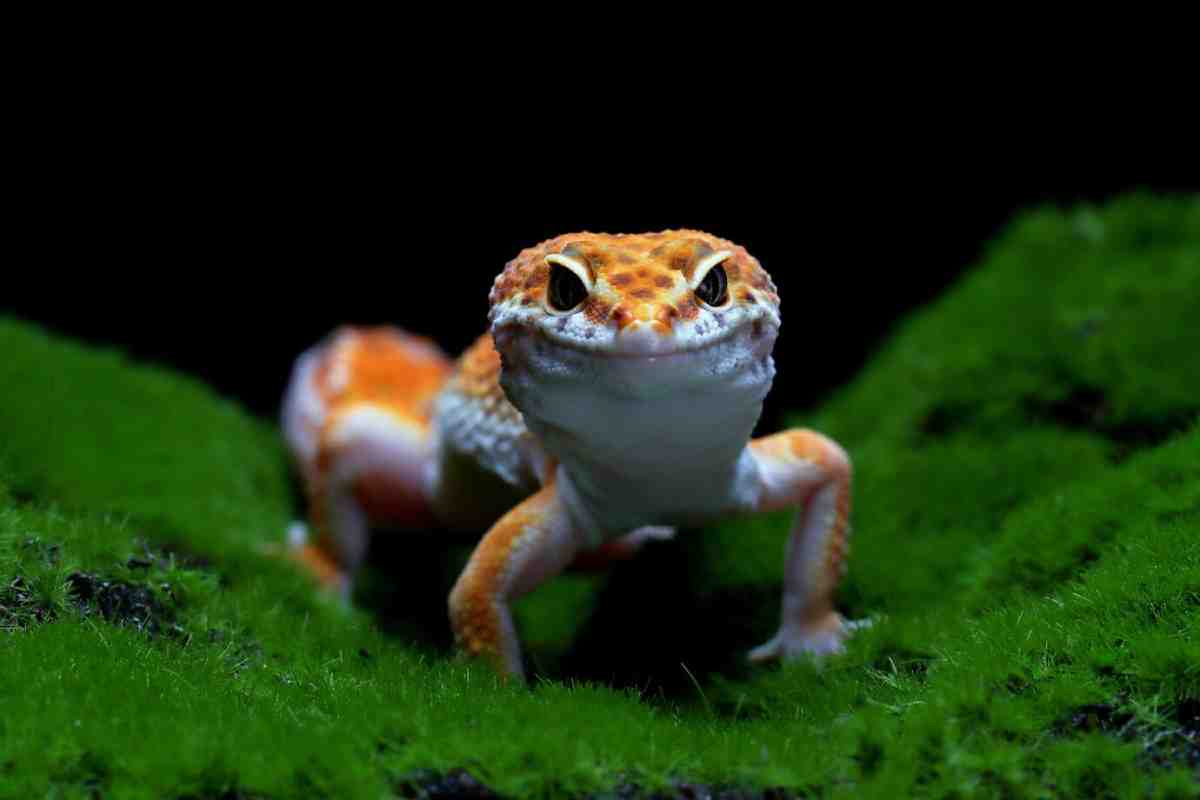
Consistency keeps your gecko healthy and your enclosure fresh.
Daily:
- Check temperatures
- Refresh water
- Spot-clean any waste
- Monitor food intake and behaviour
Weekly:
- Clean water and food bowls
- Check hides and substrate
- Dust feeder insects with supplements
Monthly:
- Deep clean the enclosure
- Replace substrate (if using carpet or tiles, wash with reptile-safe cleaner)
- Inspect your gecko’s body for any skin issues, stuck shed, or injuries
Signs of Good Health
Healthy leopard geckos are active, alert, and responsive. Here’s what to look for:
- Clear, wide eyes
- Full, chunky tail (they store fat here)
- Steady appetite
- Smooth, even shedding
- Regular waste and urination
Common Problems and What to Do
| Issue | Symptoms | Solution |
| Impaction | No poop, bloated belly | Vet visit, warm soaks, check substrate |
| Shedding problems | Stuck skin on toes or tail | Increase humidity, use moist hide |
| Not eating | Hiding more, stress | Review temps, enclosure, feeder type |
| Mouth rot or infection | Swollen mouth, bad smell | Vet care needed immediately |
If in doubt, consult a reptile vet — early action is best.
A Rewarding, Low-Stress Reptile
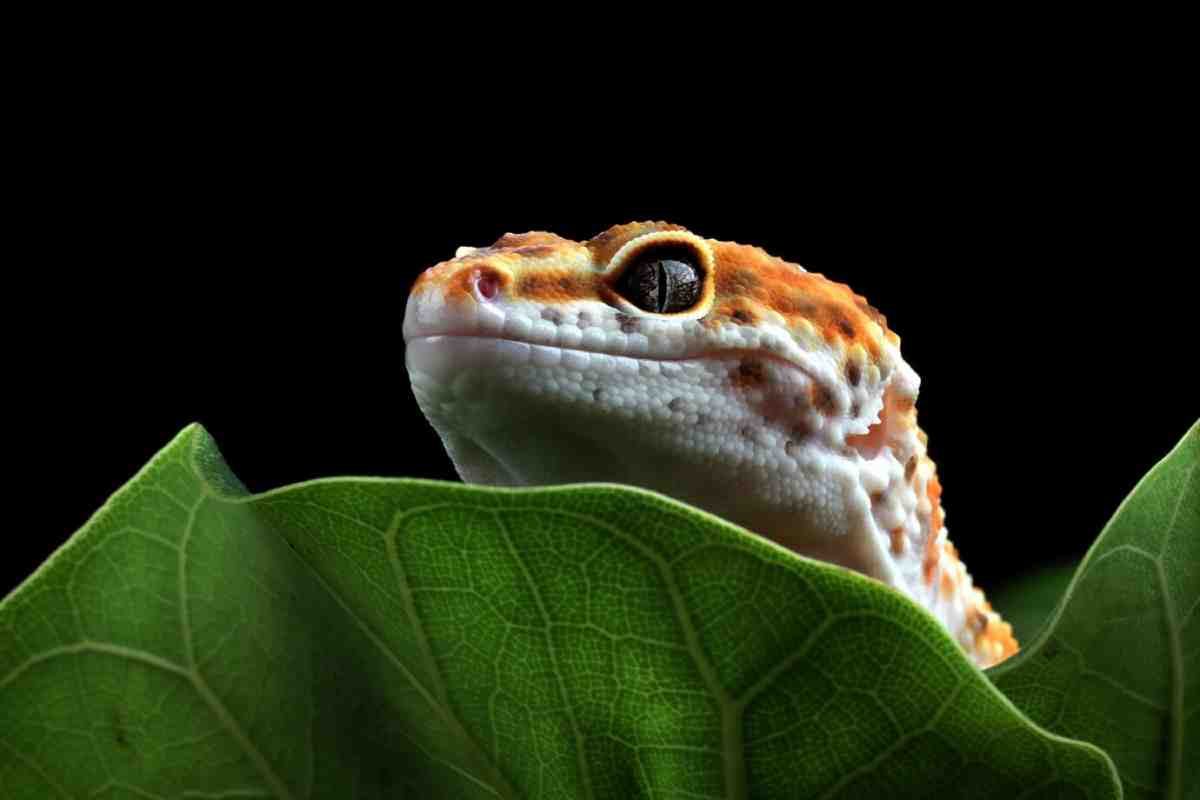
Leopard geckos are a top choice for anyone new to reptiles. A safe gecko enclosure, steady humidity, and a good diet are key. With a few simple leopard gecko care tips, you can have a healthy, low-maintenance pet for years.
They’re quiet, cute, and full of personality. Plus, once your setup is right, care is easy — and your gecko will thrive in your home.
